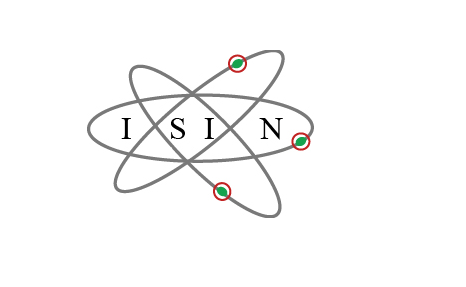ISIN strengthens its automatic environmental radioactivity monitoring networks.

ISIN strengthens its automatic environmental radioactivity monitoring networks.
With the acquisition, by ISIN, of two new stations of the Network for the automatic monitoring of environmental radioactivity for the early warning, the REMRAD Network, Italy is equipped with an instrument, technologically more advanced than in the past, capable of detecting even weak signals that can be traced back to an accidental situation, for example, at nuclear plants operating across borders. A faster response capacity, therefore, to the advantage of the prompt activation of the measures provided for by the "National Plan for the management of radiological and nuclear emergencies" referred to in paragraph 2 of Article 182 of Legislative Decree 101/2020. In addition, the high measurement sensitivity offered by the new instrumentation allows the detection of radiological anomalies which, although they do not constitute an immediate health risk, require the availability of technical elements for prompt and correct information to the population.
An aspect, the latter, whose importance and criticality was also confirmed by the recent international nuclear emergency exercise, ConvEx-3 (2021), organized by the International Atomic Energy Agency (IAEA), in which the ISIN, together with the laboratories of the National Network for the Surveillance of Environmental Radioactivity (RESORAD) and the Operational Center for Meteorology (COMet) of the Italian Air Force, guaranteed the Italian participation.
The two stations, under construction, will replace those currently present in the sites of Monte S. Angelo, in the province of Foggia, in the Air Force remote post and in that of Sgonico in the province of Trieste, at the National Institute of Oceanography and Geophysics experimental (OGS). A choice, that of their location, which responds to the need to ensure even more effective and timely monitoring of air flows from the eastern quadrant of the European continent.
Following the experience derived from the nuclear accident at the Chernobyl power plant, for governments and international organizations, the importance of adopting specific emergency organizations and special infrastructures aimed at dealing with any nuclear accidents, even outside the own national territory. In many countries, therefore, early warning monitoring networks were created, capable of reporting anomalous levels of radioactivity continuously and with adequate territorial coverage.
The two new stations will carry out, in a completely automated manner, the sampling of atmospheric particulate matter on filters, associated with spectrometric analyzes aimed at detecting the concentration of gamma-emitting radionuclides present in the air. Thanks to the advanced technology that characterizes them, they will be able to detect the presence of minimal traces of artificial radionuclides present in the air masses that cross the national territory. These surveys normally require sampling and measurement times such as not to make it possible to quickly identify any slight radiological anomalies.
A second initiative, which confirms ISIN's commitment to equip itself with the technical and organizational tools to best perform the tasks entrusted to it in a nuclear emergency situation, concerns the modernization of the nuclear instrumentation of the second early warning radiological monitoring network that the Inspectorate has been managing for years: the GAMMA Network. This is made up of 60 monitoring stations and has a more widespread distribution on the national territory. The GAMMA network represents, in the case of the passage of a radioactive cloud on the national territory, an effective tool for confirming the atmospheric dispersion models, as well as guaranteeing early warning in the event of the failure of the international channels of prompt notification. The modernization intervention concerns, in particular, the replacement of the current nuclear detection instrumentation, with new measurement probes, many with spectrometric characteristics that allow greater measurement sensitivity. The replacement of 17 control units is in progress and subsequent interventions aimed at the complete modernization of the network are planned.
